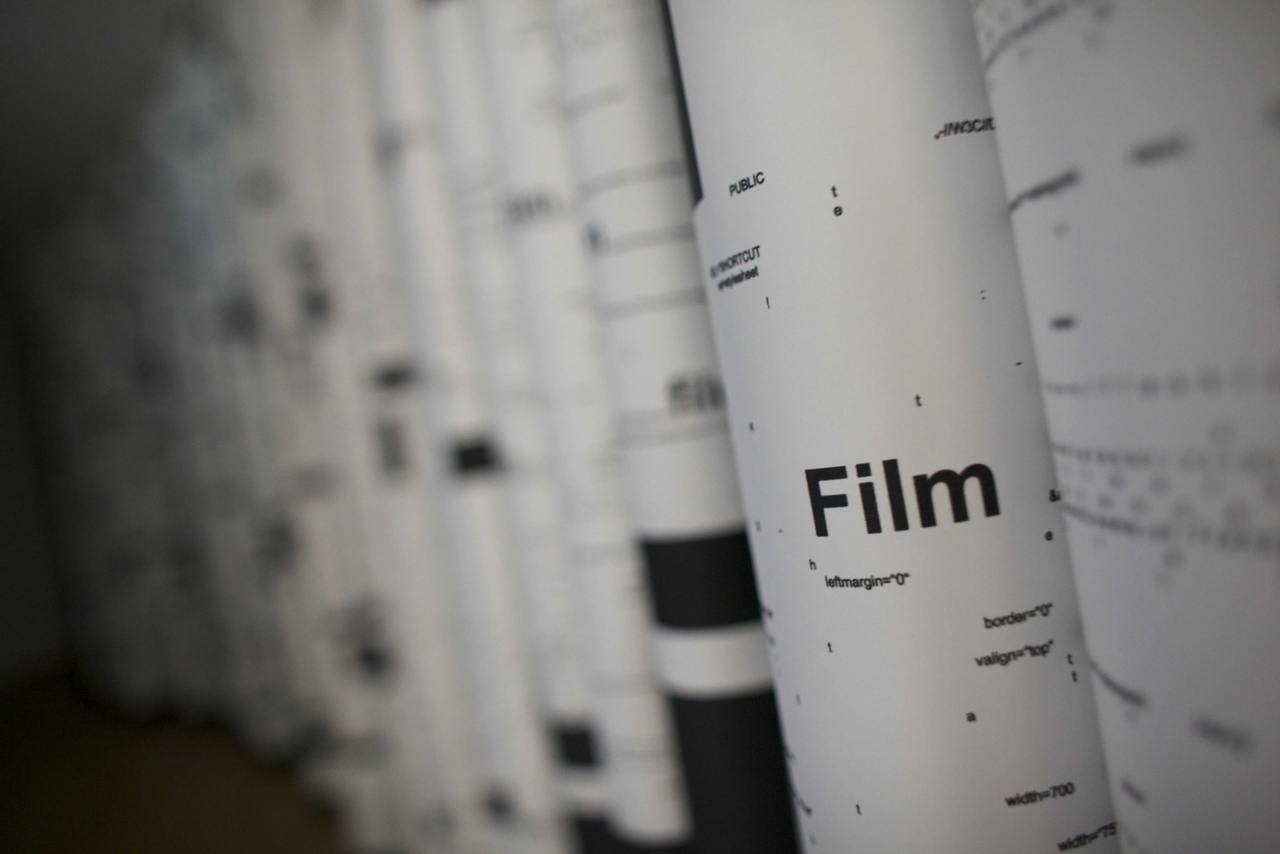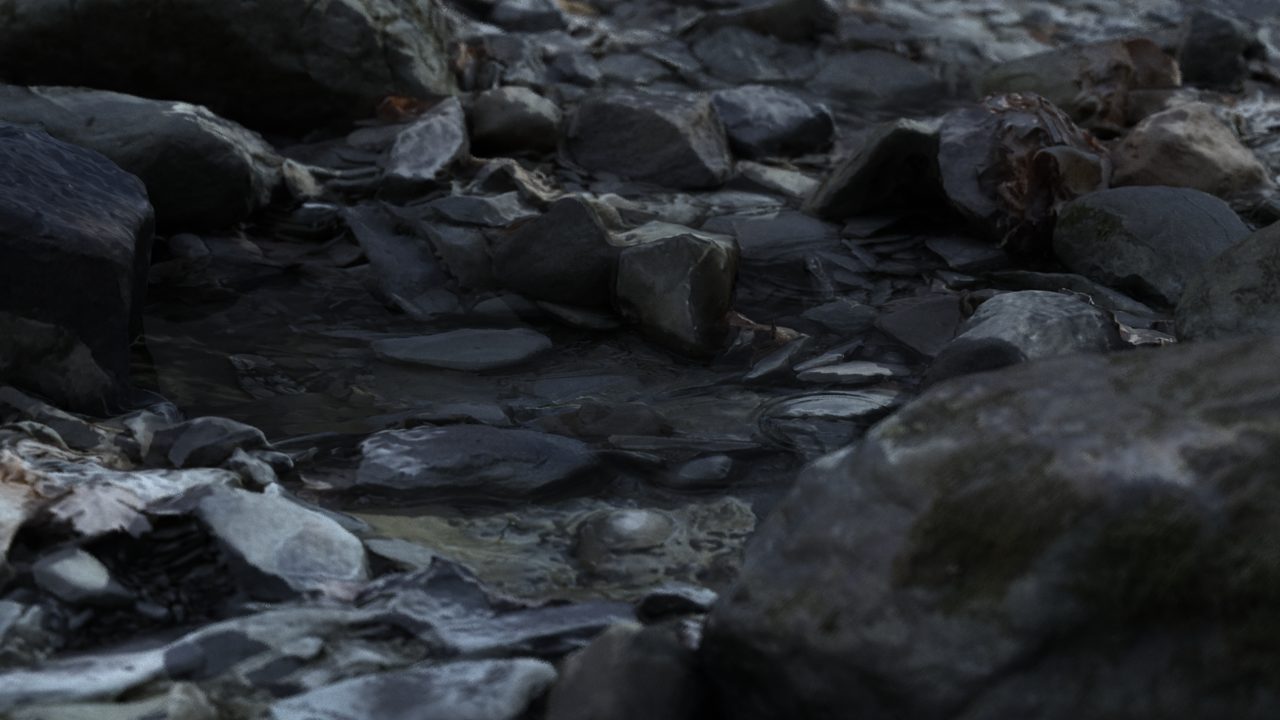HANNA SCHWARZ
The filmmaker Shirley Clarke once said, “Dance is what happens between the poses.” Several generations removed from Clarke’s dance films, Hanna Schwarz’s recent work addresses the relationship between dancing, posing and monumentality. For the past few years, Schwarz has been interested in the cinematic choreography of social action.


KERSTIN CMELKA
Kerstin Cmelka has gradually extended her artistic vocabulary from film to photography to eventually live performance. As a Masterstudent with Simon Starling she graduated at the Städelschule in Frankfurt in 2005. Her work challenges, not only from a gender point of view, cultural clichés and standardizations by using appropriation or reenactment of well-known works of artists such as Valie Export and Cindy Sherman.

SASCHA POHLE
For many years Sascha Pohle is interested in the topic of lookalikes and the mulit-layered relationship between the original and the copy. Quotes of films, doubles and cultural appropriation function as the material of his artistic practice. With his films, collections of appropriated things and photographs, which are made in the manner of copies and simulations, the artist delves into authorship as well as authenticity.

SEBASTIAN DIAZ MORALES
In his films and video installations, Sebastian Diaz Morales constantly returns to an examination of the linguistic and visual possibilities of narration. Influenced by South American avant-garde cinema, documentary approaches and art films, he has developed an unmistakable style. He repeatedly taps into the possibilities opened up by digital processing: the original video sequences become raw material for a practice that dissects the image and recomposes it. The backdrop to his most recent works is set by plumbing the depths of how images can be read and how they relate to or reproduce reality.


BERNHARD SCHREINER
Bernhard Schreiner studied at the Academy of Fine Art in Frankfurt with the avant-garde film artist Peter Kubelka. Schreiner’s work is spread over diverse media such as sound, photography, film, and installation. The phantom kind of sound is somehow central, expressed either in sound installations or on silk-screen prints and photographs, which the artist additionally connects to the “spirit photography” of the late 19th century. In the very manner Schreiner manipulates images of famous musicians such as John Coltrane or Glenn Gould.


AÏDA RUILOVA
Love hurts, that could be understood the soundtrack of Aïda Ruilova’s work. In many respects her films remind the work of the Viennese actionist Hermann Nitsch as well as the Italian horror-movie director Dario Argento. Ruilova once used low-budget consumer-grade cameras to make videos lasting not much longer than television commercials. Drawing on horror films and experimental music, those looped works produced compact spaces of convulsive disorientation.

YAEL BARTANA
Yael Bartana is a video artist who explores the imagery of cultural identity. In her photographs, films and installations Bartana critically investigates her native country's struggle for identity. Her early work documents collective rituals introducing alienation effects such as slow-motion and sound. In her recent work the artist stages situations and introduces fictive moments into real existing narratives.


JESPER JUST
The dozen or so short films that Jesper Just has made to date are outstanding for their refusal to adhere to the documentary tendencies and low-fi aesthetic character favored in recent video art. Positing himself as both director and editor, Just composes narrative films with obscure denouements. Stripped of prolonged spoken dialogue or ambient sound, his films are composed for a repertory cast: a single (usually male) lead character with a small supporting (also male) chorus.

ANRI SALA
Anri Sala has gained international attention for his video, animation and photographic works. With an emphasis on slowness, stillness, and intimate detail, Sala explores the interface of documentary and fiction. His painterly works elicit an undercurrent of tension that speaks to political and social realities, articulating loss and alienation through a specificity of place and cultural context that seems rooted in memory and history.

JUDITH HOPF
Judith Hopf (*1Judith Hopf’s films, sculptures and various collaborative projects suggest not so much a deconstruction of power structures, authority and behavioural codes as a demonic possession of them. Her films, which invariably feature the artist herself, veer between a straight-faced analysis of everyday conventions and an infiltration of the absurd. The double-takes that Hopf’s films provoke put forward the possibility of opting out of the neo-liberal economy and the bureaucratic everyday, suggesting alternatives to the usual modes of conduct.969)


SALLA TYKKÄ
Unlike many of her contemporaries, who tend to use cinema’s narratives as forms that can be broken down into component parts, analysed and recomposed in a rather abstract manner, Salla Tykkä’s work encourages the possibilities of imaginary identification and fantasy that the cinematic scenario offers its spectators. Her short films capture a subtle sense of narrative and mystery, paired with a perfect sense of aestheticism that creates eerie and strangely mesmerising pieces.


TAMARA GRCIC
With her photographs, films, and installations, Tamara Grcic isolates parts of reality and succeeds in winnowing out a new, often poetic presence. She finds her material on the streets of big cities, scrap yards, market halls, and in industrial landscapes. Grcic is particularly interested in individual people, whom she portrays somewhere between anonymity and individuality. It is these intermediate states, that give the opportunity of change.






